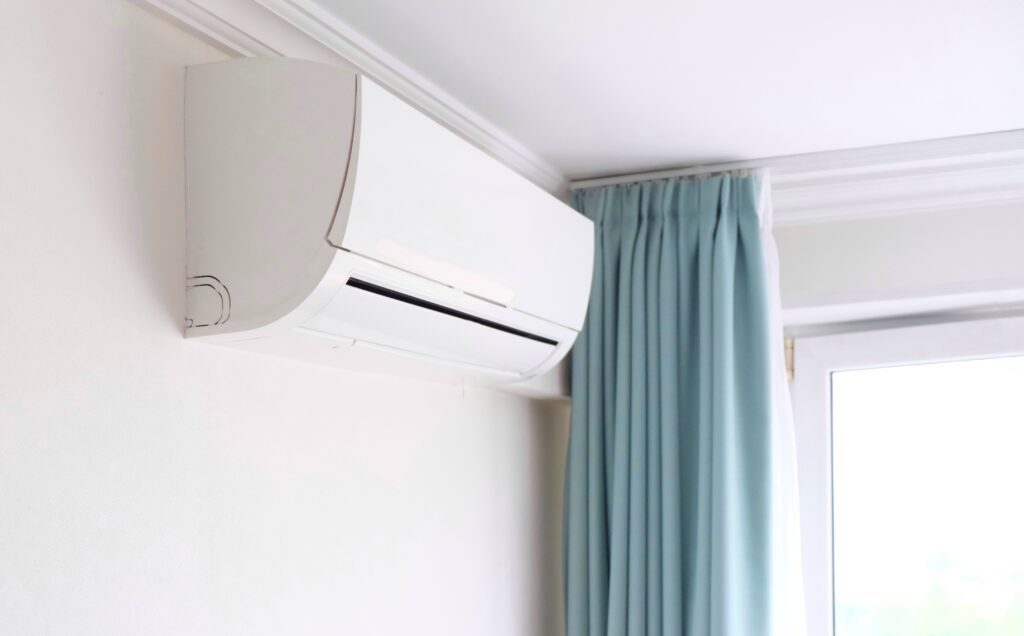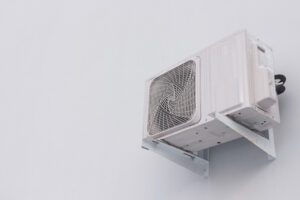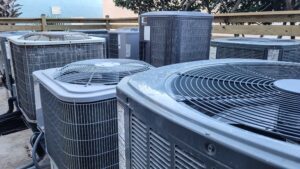Mini split systems have gained popularity in recent years for their energy efficiency and convenience. If you’re new to mini split systems and want to learn more, you’ve come to the right place. In this guide, we’ll be exploring everything you need to know about mini split systems, from how they work to the benefits they offer and how to choose the right system for your needs.
Understanding Mini Split Systems
What is a Mini Split System?
A mini split system, also known as a ductless system, is a highly efficient and versatile heating and cooling solution that has gained popularity for its ability to provide individual temperature control for different areas or zones within a home or building. This innovative system operates without the need for traditional ductwork, which can often be a source of energy loss in conventional HVAC systems. By utilizing individual indoor units connected to an outdoor unit through a small conduit, mini split systems offer homeowners and businesses greater flexibility in installation and zoning capabilities.
One of the key advantages of a mini split system is its ability to provide both heating and cooling functions, making it a year-round comfort solution. This versatility is particularly beneficial in regions with fluctuating temperatures, as the system can efficiently adjust to meet the specific heating or cooling needs of different spaces.
Key Components of a Mini Split System
Mini split systems consist of two main components: the outdoor unit and the indoor units. The outdoor unit serves as the heart of the system, housing essential components such as the compressor, condenser, and expansion valve. These components work together to facilitate the refrigeration cycle that enables the system to effectively heat or cool indoor spaces.
Within the outdoor unit, the compressor plays a crucial role in compressing the refrigerant gas, raising its temperature and pressure before it is circulated to the indoor units. The condenser then dissipates heat from the refrigerant, allowing it to release the absorbed heat energy into the outdoor environment. The expansion valve regulates the flow of the refrigerant into the indoor units, controlling the amount of cooling or heating provided to each zone.
On the other hand, the indoor units of a mini split system come in various configurations to suit different installation needs, including wall-mounted, floor-mounted, and ceiling-mounted units. These indoor units are equipped with a fan, evaporator coil, and filter to deliver conditioned air effectively and efficiently. The fan circulates the conditioned air throughout the space, while the evaporator coil is responsible for cooling or heating the air as needed. Additionally, the filter helps to improve indoor air quality by capturing dust, allergens, and other particles, ensuring a cleaner and healthier environment for occupants.
The Benefits of Mini Split Systems
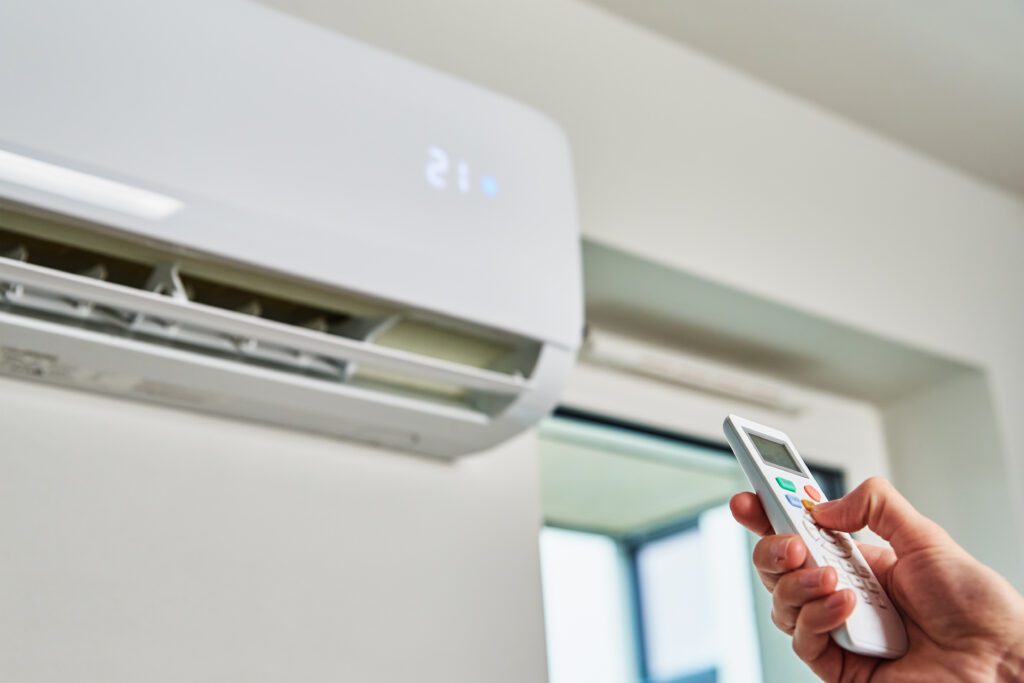
Energy Efficiency and Savings
One of the main benefits of mini split systems is their high energy efficiency. Unlike central HVAC systems, which can lead to energy losses through ductwork, mini split systems deliver air directly to the desired area. This eliminates the need for ductwork and reduces the likelihood of air leaks and energy losses. Additionally, mini split systems often come with advanced features like programmable thermostats and inverter technology, which further enhance energy efficiency and savings.
Moreover, mini split systems are designed to provide precise temperature control, ensuring that you can maintain a comfortable environment without wasting energy. The ability to adjust settings based on specific needs can result in significant cost savings on your energy bills over time. By only cooling or heating the areas that are in use, mini split systems help reduce energy consumption and minimize your carbon footprint.
Flexibility and Convenience
Mini split systems offer great flexibility in terms of installation and zoning. The absence of ductwork allows for easier installation in both new constructions and existing homes. Furthermore, mini split systems provide zone control, meaning you can set different temperatures for different areas or rooms. This allows for personalized comfort and energy savings, as you only heat or cool the areas that are in use.
Additionally, mini split systems are known for their quiet operation, providing a peaceful indoor environment without the noise associated with traditional HVAC systems. This makes them ideal for bedrooms, offices, and other spaces where noise levels can impact comfort and productivity. The compact size of mini split units also offers more placement options, giving you the freedom to install them discreetly and efficiently in any room of your home.
Types of Mini Split Systems
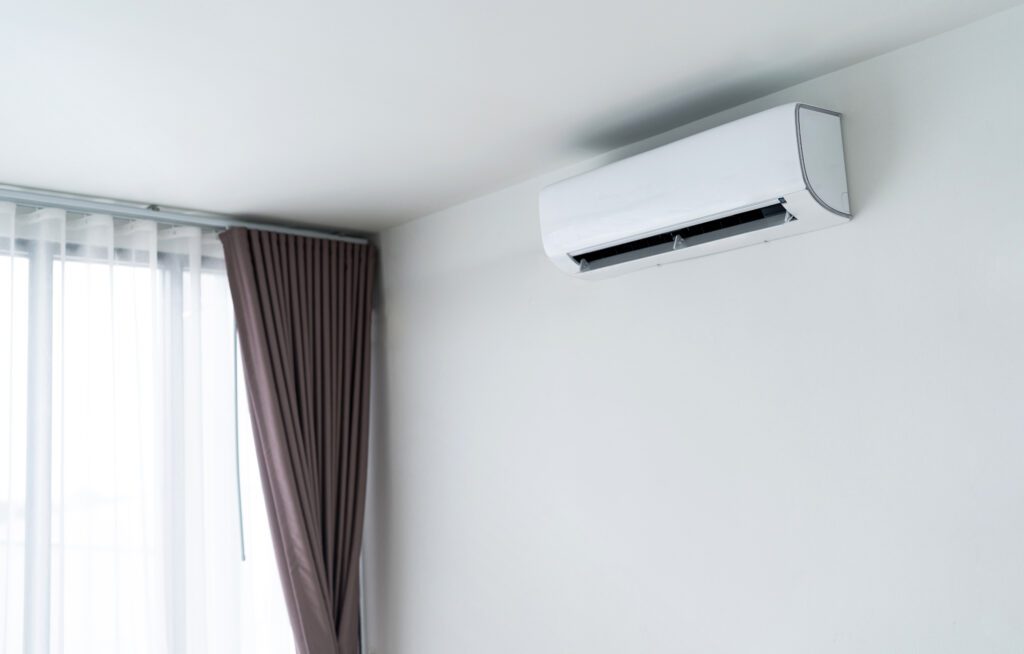
Single-Zone Systems
Single-zone mini split systems consist of one outdoor unit and one indoor unit. These systems are ideal for heating or cooling a single room or small area.
Single-zone systems are commonly used in bedrooms, home offices, or small living spaces where individual temperature control is desired.
One key advantage of single-zone systems is their simplicity and cost-effectiveness. Since they only require one indoor unit, installation is typically quicker and more affordable compared to multi-zone systems. Additionally, single-zone systems are easy to operate, making them a popular choice for homeowners looking to enhance comfort in specific areas of their homes.
Multi-Zone Systems
Multi-zone mini split systems are designed to provide heating and cooling for multiple zones or areas within a home or building. These systems consist of one outdoor unit and multiple indoor units, allowing for temperature control in multiple rooms or areas simultaneously.
Multi-zone systems are well-suited for larger homes or commercial spaces where different areas have unique temperature requirements. The ability to independently control each zone ensures optimal comfort and energy efficiency.
Another advantage of multi-zone systems is their flexibility. Homeowners can customize the system to meet their specific needs by choosing the number and placement of indoor units. This flexibility allows for targeted heating and cooling, reducing energy waste and improving overall comfort levels throughout the space. Additionally, multi-zone systems often come equipped with advanced features such as programmable thermostats and zoning capabilities, further enhancing the user experience.
How to Choose the Right Mini Split System
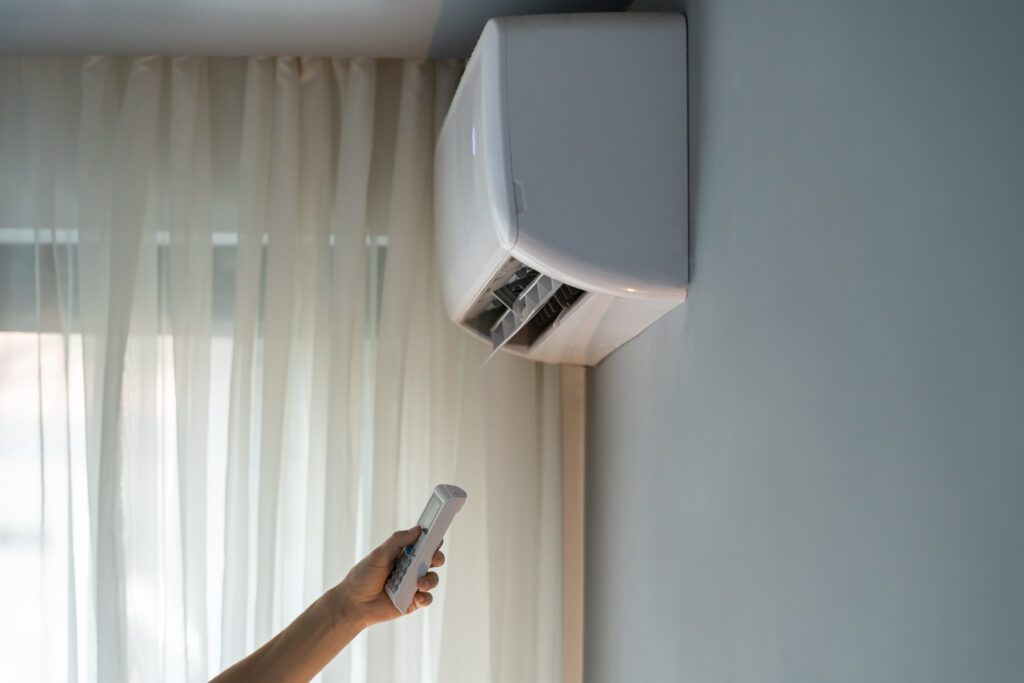
Assessing Your Space
Before purchasing a mini split system, it’s important to assess your space and determine your heating and cooling needs. Consider factors such as the size of the area or areas you wish to heat or cool, the insulation quality, and any specific requirements for humidity control.
Take accurate measurements of the areas you intend to condition and consult with a professional to ensure you choose the right system with the appropriate capacity.
When assessing your space, also take into account any potential obstacles that may affect the installation of the mini split system. Factors such as the location of windows, doors, and furniture can impact the efficiency of the system. Additionally, consider the layout of the space to determine the best placement for the indoor and outdoor units.
Considering Your Climate
Your climate plays a significant role in determining the type of mini split system you need. If you live in a region with extreme cold temperatures, you’ll want a system that can effectively provide heat even in freezing conditions. On the other hand, if you reside in a hot and humid climate, you’ll want a system with powerful cooling capabilities.
It’s also important to consider the seasonal changes in your climate. If you experience drastic shifts between hot summers and cold winters, you may need a mini split system that offers both heating and cooling functions to ensure year-round comfort.
Consult with an HVAC professional or refer to the manufacturer’s specifications to select a mini split system that is suitable for your local climate. They can provide valuable insights on the best options for your specific climate conditions and help you choose a system that will perform efficiently throughout the year.
Installation Process of Mini Split Systems
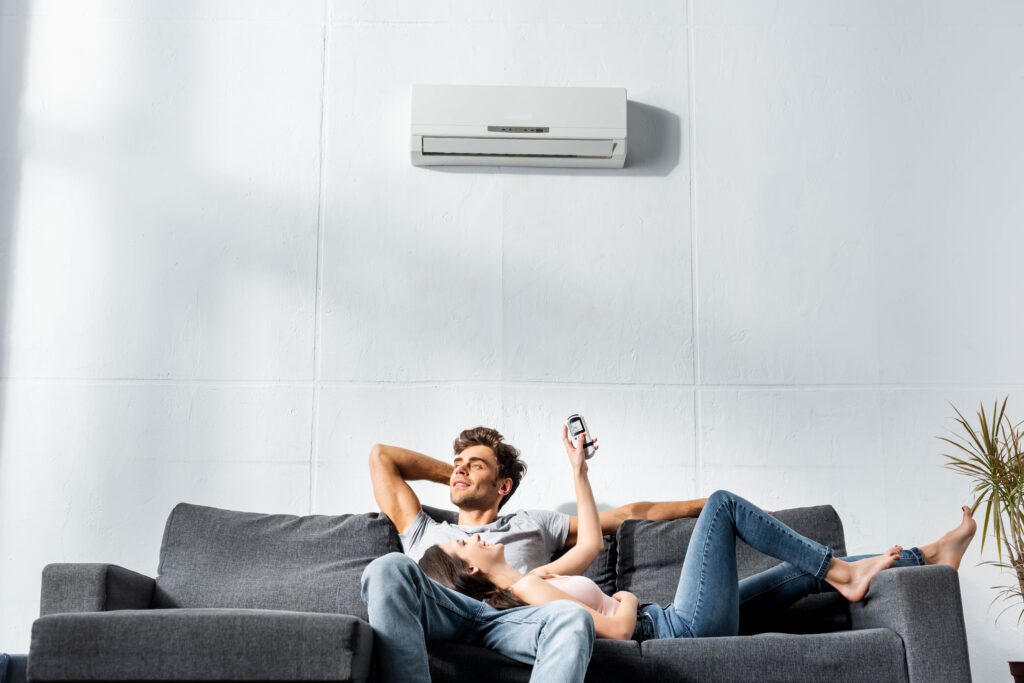
Preparing for Installation
Prior to the installation of a mini split system, it’s crucial to have a thorough understanding of the manufacturer’s guidelines and specifications. It’s recommended to hire a professional technician or installer who has experience with mini split systems to ensure proper installation. A professional installer will take into account factors such as mounting the indoor units, connecting the conduit, and making electrical connections.
Additionally, before the installation process begins, it is important to assess the area where the mini split system will be installed. Factors such as the size of the room, the layout of the space, and the location of doors and windows can impact the efficiency and effectiveness of the system. Properly evaluating these aspects can help determine the optimal placement of the indoor and outdoor units for maximum comfort and energy efficiency.
The Installation Procedure
The installation of a mini split system typically involves mounting the indoor units, which may require drilling holes in walls or ceilings, and connecting them to the outdoor unit via the conduit. The refrigerant lines, condensate drain line, and electrical wiring must be properly installed and connected. Once the installation is complete, the system should be thoroughly tested for proper operation and efficiency.
Furthermore, during the installation process, it is essential to ensure that all components of the mini split system are securely fastened and properly insulated to prevent any air leaks or inefficiencies. Proper insulation of the refrigerant lines and electrical wiring can help maintain the system’s performance and prevent heat loss, ultimately improving the overall efficiency of the system.
Mini split systems provide an efficient and flexible solution for heating and cooling needs. Understanding the basics of mini split systems, their benefits, different types, and how to choose the right system can help you make an informed decision when it comes to selecting and installing a mini split system in your home or building.

